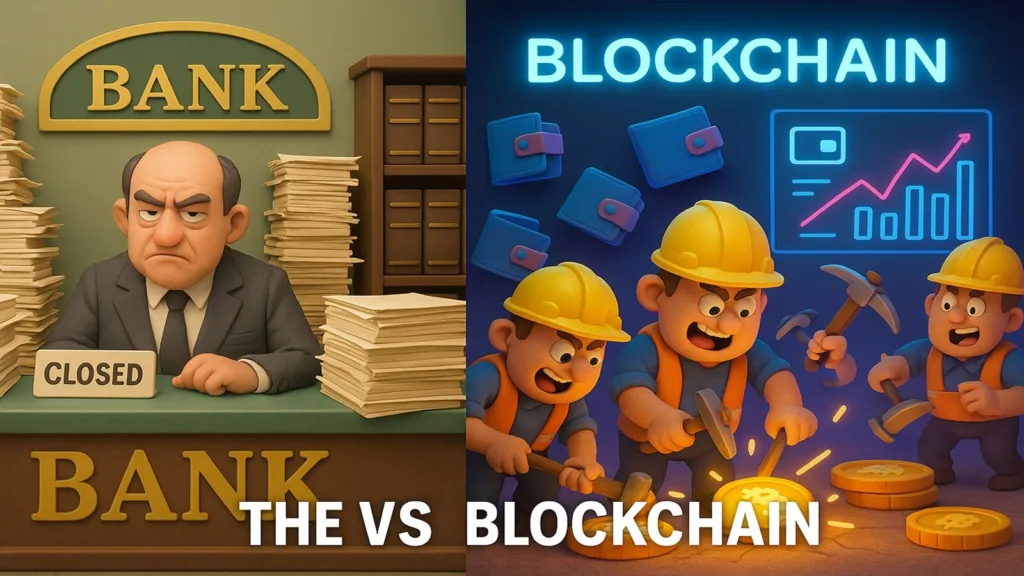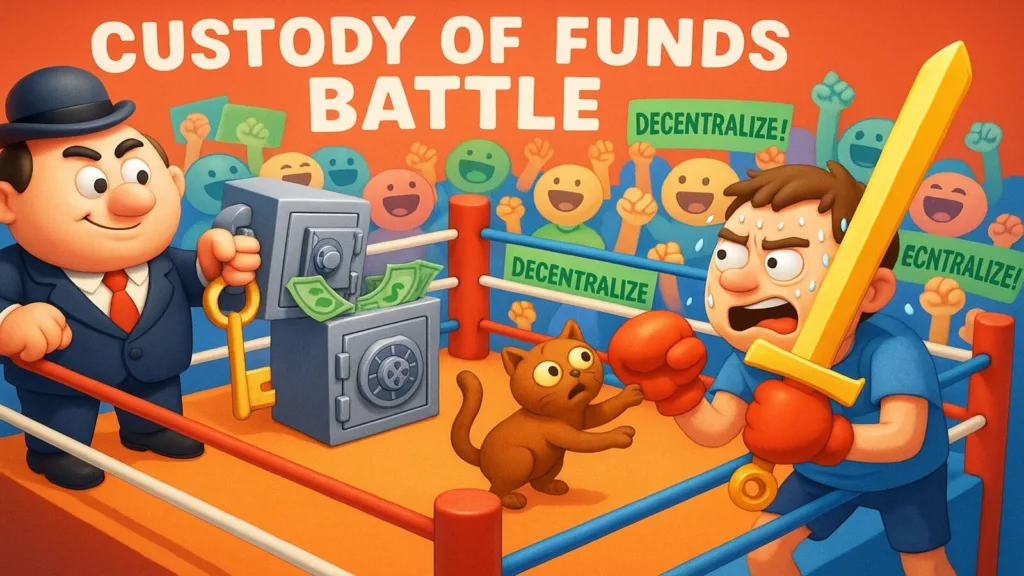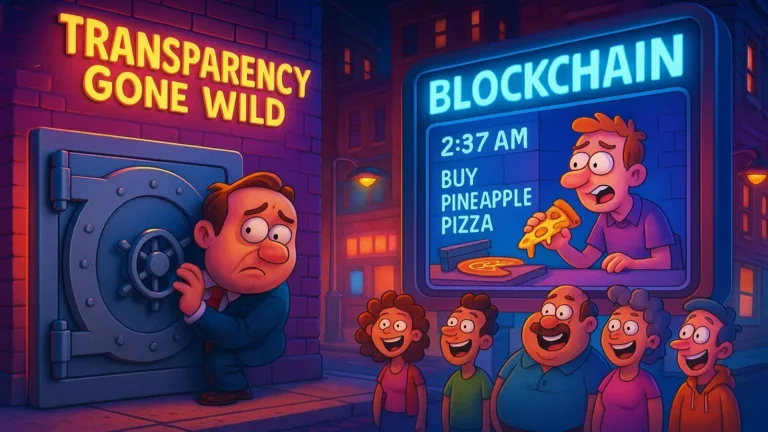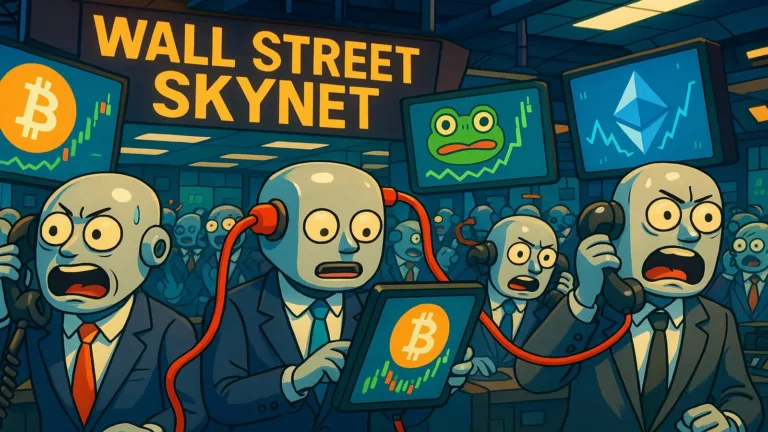You walk into your bank tomorrow morning, and suddenly, it’s decided to operate exactly like a blockchain. Congratulations, you’ve just entered a parallel universe where your savings account now behaves like a stubborn teenager with Wi-Fi control issues.
This is the awkward truth revealed in the eternal debate of traditional banks vs blockchain. Let’s break it down side-by-side, with a sprinkle of sarcasm and a generous serving of clarity.
Scene one: Opening an account
- Traditional Bank: You fill out 27 forms, give your blood type, and promise your unborn child’s future earnings. After two weeks, a clerk finally approves your $100 account.
- Blockchain: You download a wallet app, set up 12 random words that sound like Pokémon names, and boom, you’re “banked.” Forget customer service; your password is the only customer service you’ll ever get.

Scene two: Transparency
- Traditional Bank: Transactions disappear into a vault. Want to see what happened to your $10 withdrawal? Good luck. You’ll need a lawyer, three stamps, and a polite email that will be ignored.
- Blockchain: Every transaction is public. The entire world can see that you paid $4.20 for pineapple pizza at 2:37 AM. Privacy? Forget it, you’re basically streaking across the internet with your wallet wide open.
Scene three: Custody of funds
- Traditional Bank: “Don’t worry, we’ll take care of your money.” Translation: They lend it out, gamble on stocks, and then send you a “loyalty” email with free pens.
- Blockchain: Custody is your circus. Lose your private keys and your money vanishes faster than your salary at a Vegas casino. On the plus side, no bank manager can freeze your account because you bought a suspicious number of rubber ducks.

Scene four: Fees
- Traditional Bank: $25 for late payments, $5 for “maintenance,” and $3 for daring to exist. Banks love fees like toddlers love crayons.
- Blockchain: Fees vary. Sometimes it costs pennies; sometimes it costs more than your actual transaction. Pay $50 to send $5? Welcome to blockchain democracy. At least miners somewhere just bought lunch with your misery.
Scene five: Business hours
- Traditional Bank: Monday to Friday, 9–5. Closed on weekends, holidays, and whenever the teller decides “the system is down.”
- Blockchain: Runs 24/7 like a hyperactive toddler on sugar. Christmas morning? New Year’s Eve? Blockchains don’t take breaks.

The punchline: Trust issues
At its core, traditional banks vs blockchain is really a fight about trust. Banks say: “Trust us, we’re professionals.” Blockchains reply: “Don’t trust anyone, trust the math.” One relies on men in suits; the other on code written by sleep-deprived developers who think Red Bull counts as a balanced diet.
Traditional banks vs blockchain, you choose
So, if your bank worked like a blockchain, you’d be broke, famous, and slightly paranoid, but at least you’d be free. The truth is awkward but liberating: traditional banks vs blockchain isn’t about which one is perfect, it’s about which flaws you prefer.
Do you want sneaky fees and polite lies, or do you want full control with the risk of losing everything if your cat walks across your keyboard?
Either way, the joke’s on us; we’re all just trying to pay for coffee without needing a PhD in cryptography or a second mortgage for bank fees.














